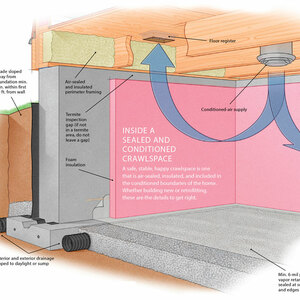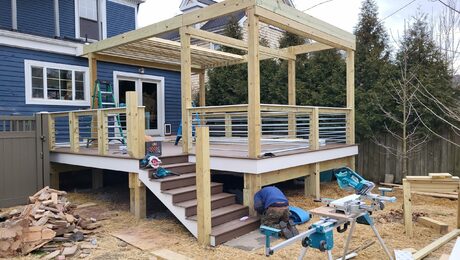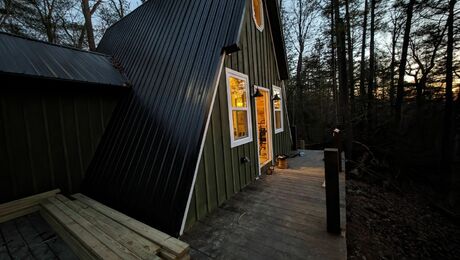A Breakout Year for Housing? Builders and Investors Are Skeptical

Two economists at the International Builders’ Show predicted a big year for single-family housing, with starts rising between 15% and 26%. But most builders and investors speaking at a forecasting seminar sponsored by Meyers Research had a more cautious outlook.
At the show, NAHB chief economist David Crowe made headlines by projecting a whopping 26% increase in single-family production this year to 804,000 units. “While a good beginning, this is still well below a normal level of 1.3 million to 1.4 million single-family starts,” he said.
But Connie Emmitt-Stern, senior vice president for investments at the Resmark Companies, which handles $1 billion in housing investments, will believe it when she sees it. “We’re not banking on a big boom or bust,” she said, adding that she’s worried that talk of an impending boom might inflate land values. “We’re OK with flat and steady.”
Uncharacteristically, none of the three home-building executives speaking at the Meyers Research seminar predicted a big spring selling season, which is usually the major topic of conversation this time of the year. They instead focused on their business plans, which may or may not call for growth.
Sheryl Palmer, president and CEO of Taylor Morrison, said it would be difficult for her company to sustain the strong growth in community count it has enjoyed during the last couple years, including 30% growth in the third quarter of last year. “We probably won’t see absorptions continuing like they have in the past,” she said. Palmer also registered concern that local government infrastructure–specifically, a lack of inspectors–could impede growth.
Frank Nothaft, chief economist at Freddie Mac, joined Crowe in making a bullish forecast for 2015. He predicted that new-home starts and sales would rise 15%, based on growth in household income that will finally lead millennials to establish households. A drop in oil prices will also benefit the housing market by increasing disposable income.
But that same drop in oil prices may damage otherwise healthy oil-patch markets, including Texas, Oklahoma, and the Dakotas. Peter Fioretti, chief executive at Mountain Real Estate Group, another large housing investor, said that falling oil prices may impact incomes and home sales in those markets, particularly on the luxury end. Other metro areas may be negatively impacted by rising labor and land costs. Success in 2015, he said, will ultimately be determined by the quality of submarkets and builders.
If first-time buyers do come back to the market, it will take builders some time to adjust, since they’ve been focused on other market segments of late. “The move-up buyer has been the strongest part of the market for the last several years,” noted Jon Jaffe, vice president and chief operating officer at Lennar.
Nevertheless, annual rent increases of 5% to 6% are starting to make for-sale housing look more affordable, said Jaffe, adding that consumer confidence is rising. “People are willing to buy again,” he said.
Adrian Foley, chief operating officer at Brookfield Residential California, believes that after a sluggish 2014 his unit will be buoyed this year by pent-up demand for new homes. “We’ve scaled up our housing operation a little bit,” he said.
The builders cited FHA’s lower loan limits, which will continue in 2015, as one reason for the industry’s lackluster 2014 performance. A 14% drop in the FHA loan ceiling for high-cost markets such as Southern California, the Northeast, and Washington, D.C., curtailed sales.
The new wild card in the equation is the recent announcement by Fannie Mae and Freddie Mac that they will start buying conventional mortgages with 3% downpayments. “That should open up the market,” Nothaft said.

Will 2015 be a breakout year for single-family building?





















